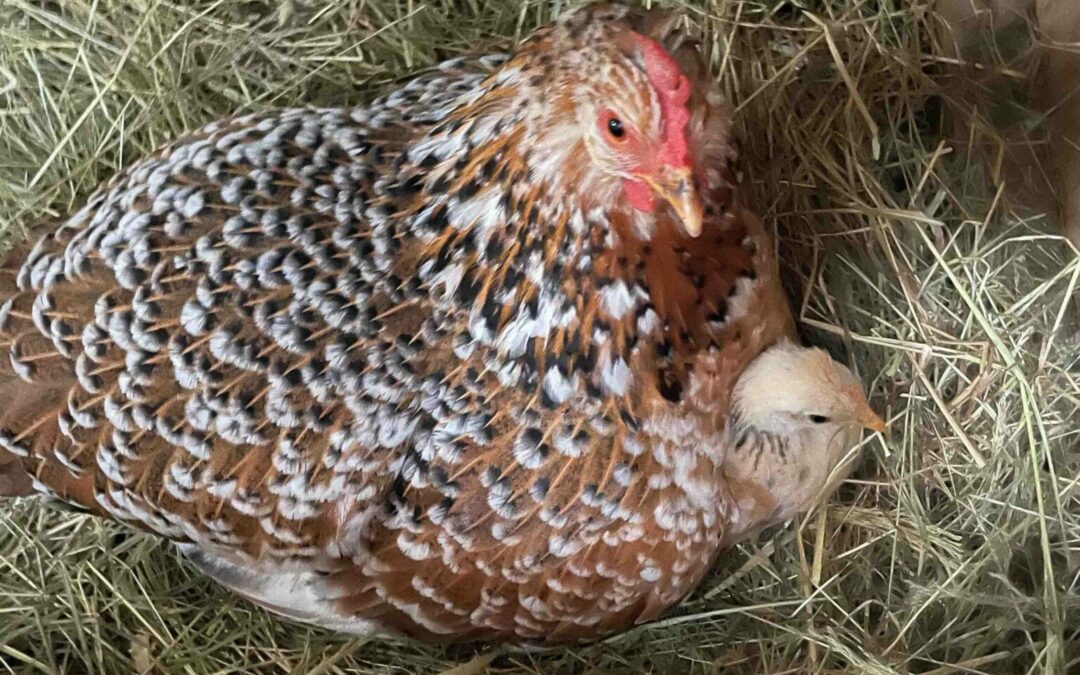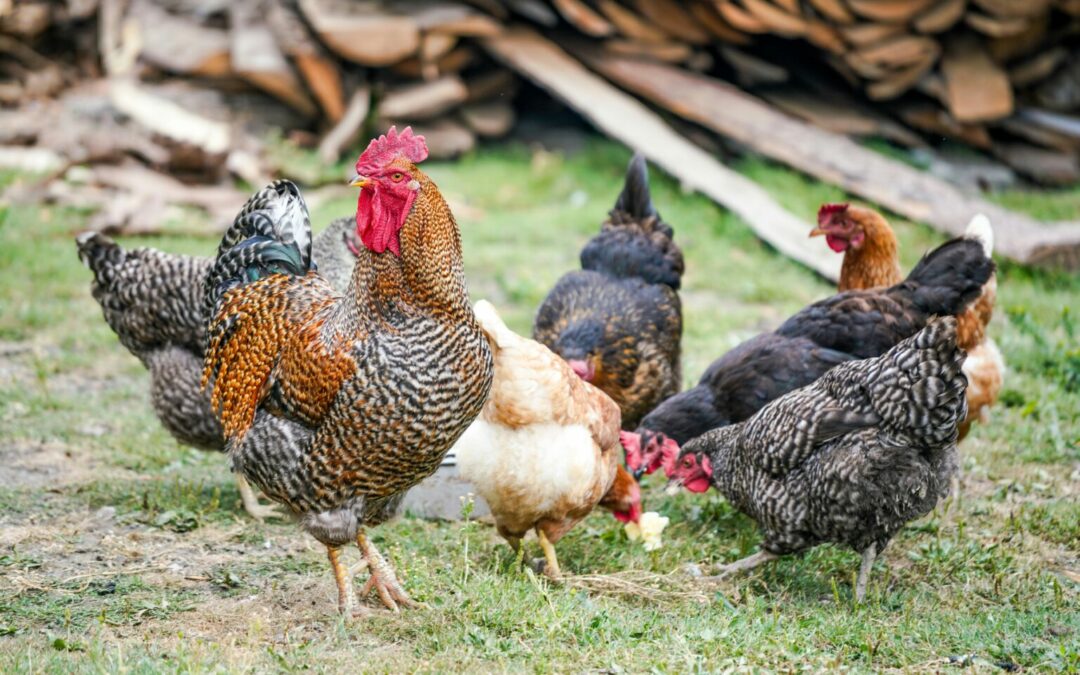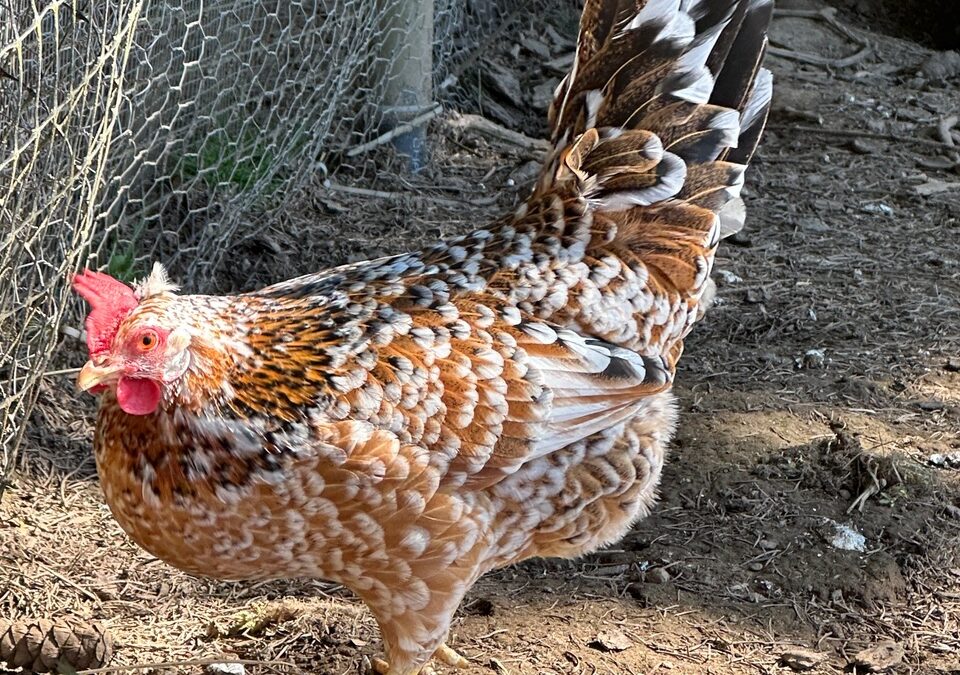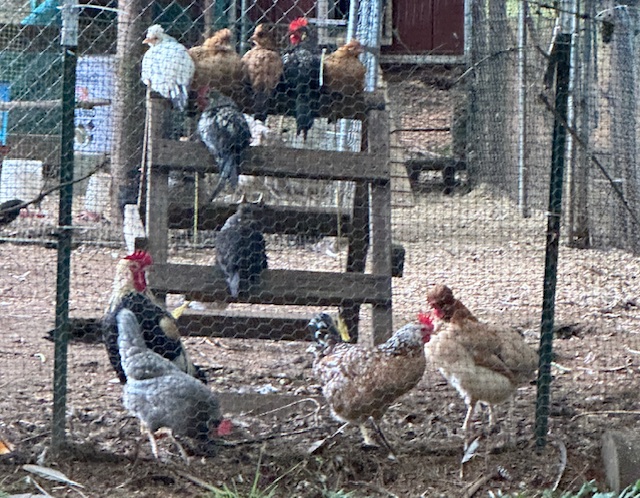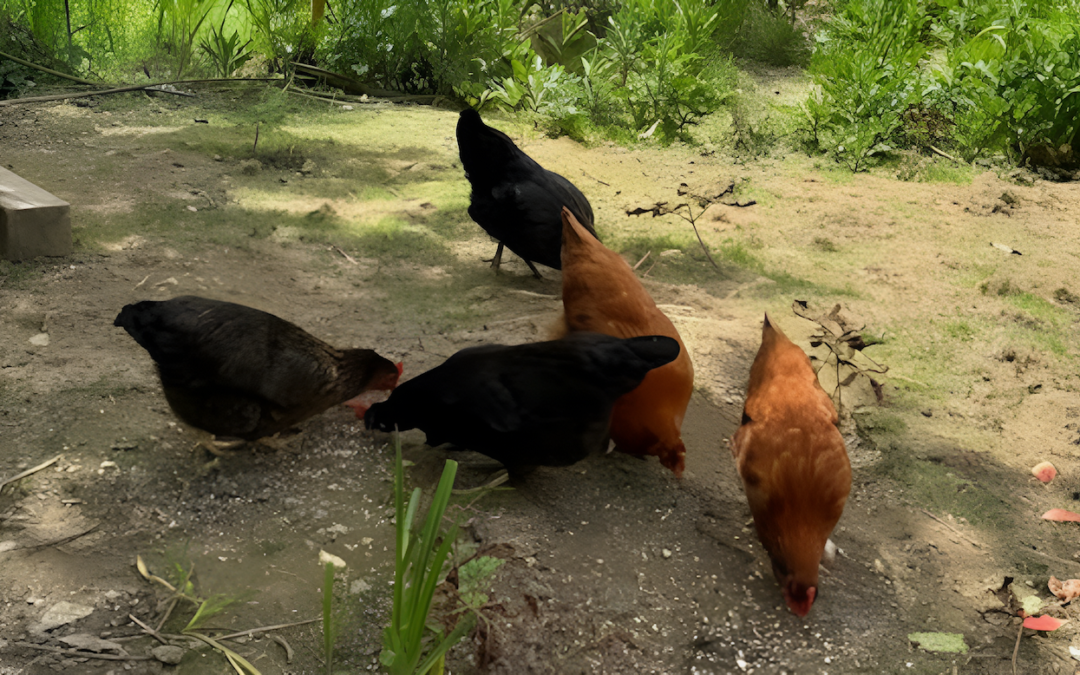
Chicken Peer Group
During a recent trip to Europe, I had a chance to meet up with our German friends and travel with them through Slovenia, Croatia, Czech Republic and Austria. They had visited us last summer and left inspired to get chickens. So, last October, Burkhart went to work building his chicken coop and eventually got his first chickens in May of this year. He had a lot of adventures as he began his journey to become Chicken Daddy, including outsmarting a clever chicken who learned how to escape the coop, dealing with broody hens and setting up the coop so the hens would lay eggs in the coop and not in random places on their property. During our recent travels, I shared some of the things I’ve learned in an effort to reduce his steep learning curve. After all the help I received from my chicken coach and the chicken whisperer, it felt good to help another aspiring chicken dad on his egg-laying journey.
The fact is there are always people who want to help others be successful in their endeavors, whether it be around raising chickens, traveling through Europe or running a business.
In the work I do, I have the privilege to walk alongside business owners, CEOs and entrepreneurs and support them as they navigate the challenges of running a business. Running a business is hard work. It requires dedication, grit and, often, sacrifice of time and personal resources. Many business owners feel they are alone in facing the challenges of running a business – they can’t share those issues with their employees, friends or even family.
About five years ago, I was coaching a few employees of a local business. During that time, I developed a great working relationship with the CEO. About two years ago during a meeting with this CEO, he started sharing all he was doing with his management team. When he finished, I asked, “Do you feel the weight of running this business squarely on your shoulders?” He took a deep breath and said, “Yes, and it is exhausting.” I suggested that a peer advisory group such as Vistage would allow him to interact with other business owners who could help him navigate some of the challenges he was facing. I introduced him to a Vistage chair, and he joined the group. A year later, he called me up and said, “I see the value of Vistage for me. Now, I need an operating system for the company. Let’s talk about EOS.”
A year into their EOS journey, the leadership team has really embraced EOS and the changes it has brought about. When I asked a leadership team member to name the greatest impact that EOS has had on the company, he said, “Honestly, it is the CEO. With clarity of vision and having the right accountability chart, he is letting go and allowing us to run our departments, which is freeing him up to do what he is really good at.”
So, let me ask you: Do you have a coach who is going to help you achieve your full potential? Are you part of a peer advisory group that can help you solve issues in your business while maintaining confidentiality? Do you have a business operating system that will allow you and your company to achieve your full potential? If not, please reach out to me. Together, we can find the best resources to support you on your journey.

